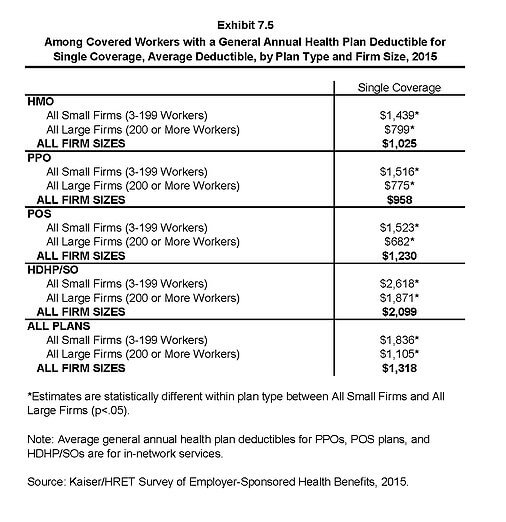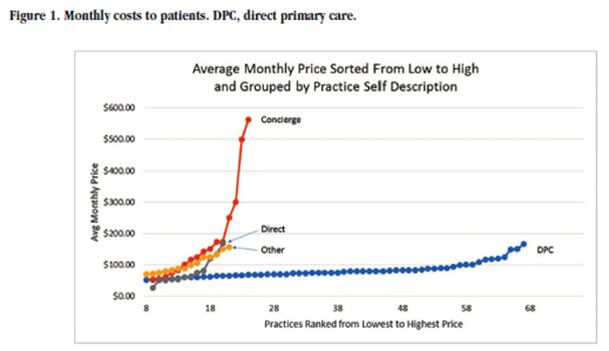But why now? Quality has always been an issue in healthcare, particularly primary care. Patients are sick of not being able to get in to see their doctor, only getting 10 or 15 minutes with them when they do, and not being able to communicate with their doctor when they’re not face-to-face with them. But what is extraordinary about this particular moment in history is that for the first time, the average annual health insurance deductible is now more expensive than the Direct Primary Care membership. A recent study from the Kaiser/HRET Survey of Employer-Sponsored Health Benefits showed the average deductible for an individual plan is $1,318 and the vast majority of DPC membership being below $100/month ($1,200 per year). This also does not take into account those who buy their insurance on the Health Insurance Marketplace, of which the average deductibles are much higher. Even as recent as 5 years ago, the average individual employer-sponsored deductible was $917 (a 44% increase


Consumers who expected their insurance cards to make things easy are now starting to get crash courses in health insurance. What many; however, still do not understand is that prior to paying your deductible, you are responsible for 100% of your medical expenses. So that routine sore throat that needs a strep test and maybe a course of antibiotics… $200-$300 out of pocket. With more and more healthcare consumers having high-deductible plans, this moment in history marks the transition where consumers will be increasingly forced to minimize their own healthcare costs and increasingly incentivized to pursue discounted cash pricing for routine medical services instead of using their health insurance.
I would argue that this strategy is not possible or at least very difficult without Direct Primary Care. In addition to being able to pay cash for the primary care service itself, DPC doctors guide their patients through the cash system as it applies to labs, imaging, medications, and specialists. Coupled with increased access, time with the doctor, convenience, and communication, Direct Primary Care is a no-brainer for the vast majority of the population.
As with anything that is new or different, there will always be those who cling to the status quo. But Hugo’s timeless sentiment rings true today, the incredible value that Direct Primary Care offers coupled with the current economic climate is an idea whose time has come.
References:
http://kff.org/report-section/ehbs-2015-section-seven-employee-cost-sharing/

